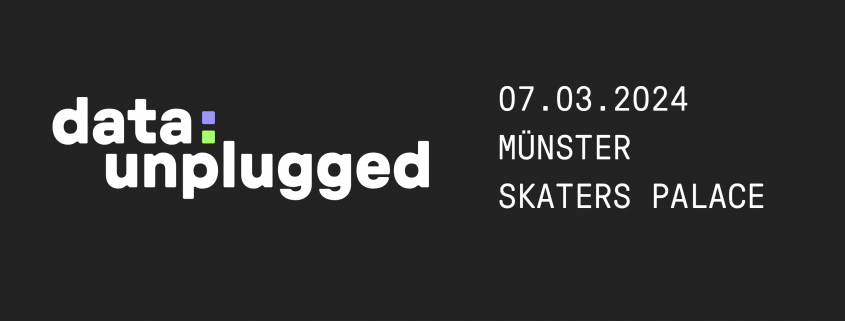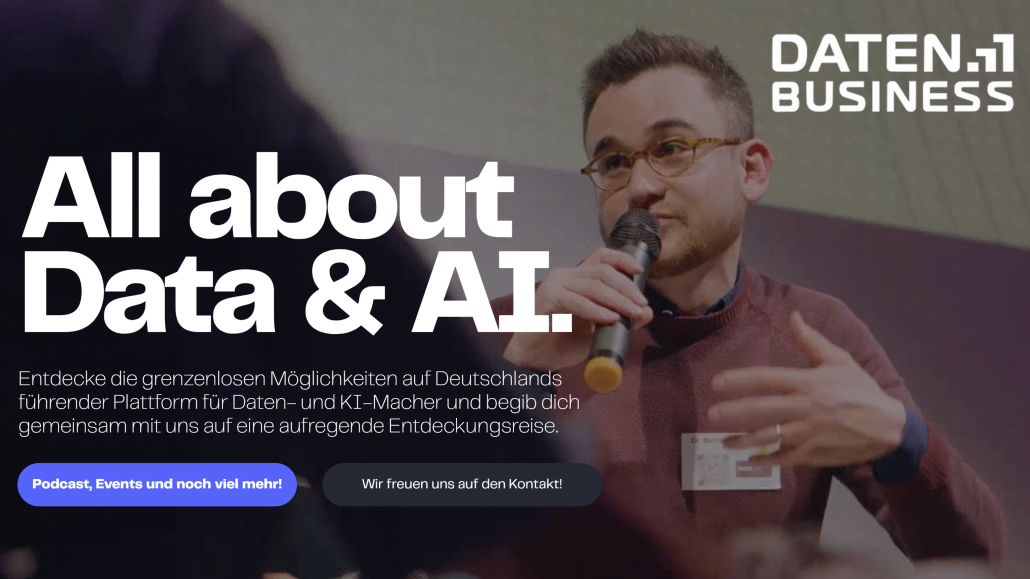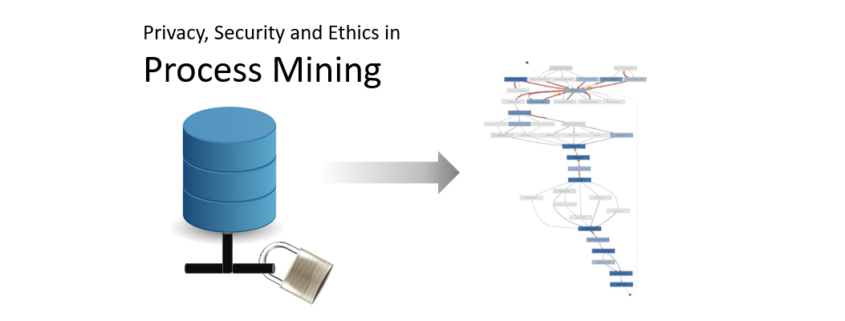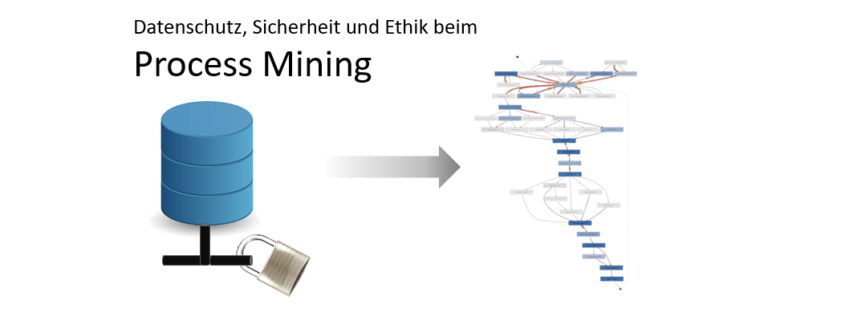Data Unplugged – Event Empfehlung
Mit der Anwesenheit von bis zu 1000 Data and AI Enthusiasts, wird die data:unplugged Veranstaltung eines der größten Data und KI Events des Jahres sein. Mit einer erstklassigen Mischung aus fachlichem Austausch, inspirierenden Reden, Music Acts verschiedener Genres, Comedy und einem kulinarischen Angebot, zelebrieren wir alle gemeinsam KI.
Jetzt noch schnell ein Data Unplugged Ticket kaufen und dabei sein!
Die Veranstaltung in Münster bietet umfangreiche Themen, ist nicht zu technisch, sondern versucht die Seite des unternehmerischen und gesellschaftlichen Nutzen von Daten und KI zu beleuchten.
Daten-Ethik
Ethische Überlegungen sind entscheidend für die Entwicklung und den Einsatz der KI-Technologie. Deshalb haben wir einen bedeutenden Teil der Veranstaltung der Erforschung der ethischen Auswirkungen von KI gewidmet und wie diese angegangen werden können.
Data Leadership
Unsere Hauptredner:innen und Workshop-Leiter:innen werden anregende Einblicke und praktische Anleitungen bieten, wie man KI-Systeme entwickeln und einsetzen kann, die verantwortungsbewusst, transparent und im Einklang mit menschlichen Werten stehen.
Data Innovation
Data Unplugged wird die neuesten Fortschritte in der KI und ihr potenzielles Auswirkungspotenzial auf Unternehmen, Branchen und die Gesellschaft hervorheben. Die Teilnehmer:innen werden über die neuesten Trends in der KI-Entwicklung erfahren und wie sie diese Trends nutzen können, um Innovationen in ihren eigenen Organisationen voranzutreiben.
Die Raumzeit der Veranstaltung
Die Veranstaltung Data::Unplugged findet am 07.03.2024 im Skaters Palace in Münster statt. Tickets sind über diesen Link (Klick) erhältlich.
Der Organisator
Organisiert wird das Data Unplugged Event von Datenbusiness.de. Mit mehreren 10.000 Data Experts bietet Datenbusiness.de die Deutschlands führende Data & AI Community.
Der bekannteste Kanal dieser Community ist der Datenbusiness Podcast. Jetzt reinhören direkt auf Datenbusiness.de oder via:

 Datenbusiness
Datenbusiness


 Read this article in German:
Read this article in German: